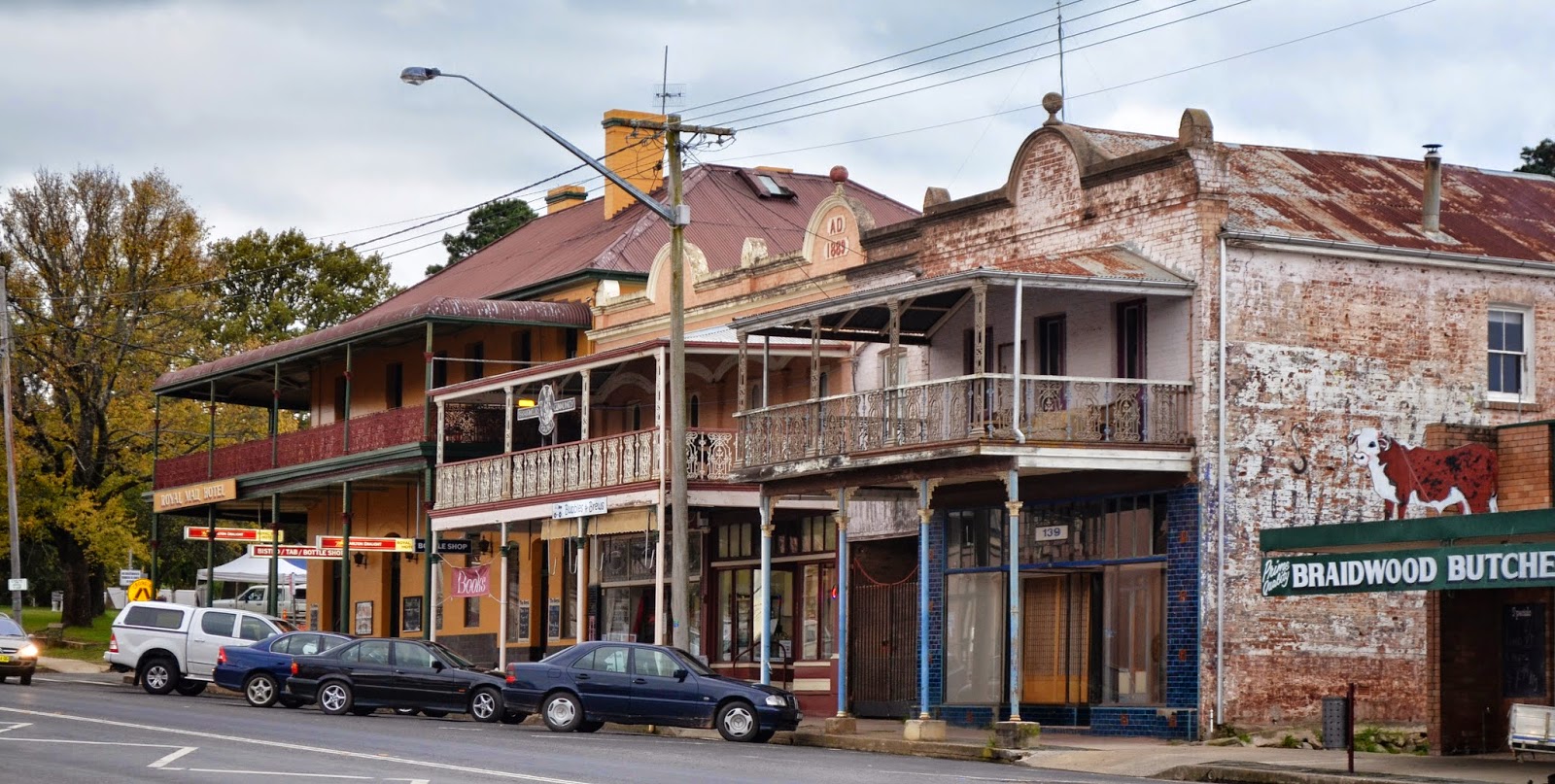For the last two weeks, I have taken advantage of some free time on the weekends to do some hands on research visiting sites in Sydney that are linked with the McGregor Family.
My first trip was to the Field of Mars Cemetery, Ryde. This cemetery has an online deceased search that can be used to search for family members and the plot they are buried in. There is also a map provided that shows you the different denominations. Armed with hat, suncream water and camera, I worked my way along the rows of graves in the Presbyterian Section of the cemetery, carefully checking for familiar names. To my delight, James and Margaret McGregor's grave was easily found and just next to it was their daughter Christina Sterland (nee McGregor) who passed away suddenly when she was only 30 years old.
| James and Margaret McGregor |
| Christina Sterland (nee McGregor) 1870-1901 |
This afternoon I ventured out on my second McGregor adventure, and caught the Ferry to from Circular Quay to the suburb of Balmain. James and Margaret McGregor with their family, moved to Balmain in 1878. My plan was to see if I could find the house they lived in (7 Booth Street, Balmain) and take some photos of Gladstone Park. It was reported in James' obituary that he had been employed by the Balmain Park to look after Gladstone Park, which coincidentally is bordered by Booth Street.
As I climbed up the hill (from the ferry stop) to Gladstone Park, passing the beautiful old sandstone cottages, I couldn't help wondering if my Grandparents had walked along this same road. Where had they shopped? Where did their children go to school? Did they play any sports?
The first stop was the local library, where I checked out their local history books and obtained the contact details of the librarian who specalises in local history. Mental note to self!! take the time to contact her this week! Then it was time to see if I could find the family home in Booth Street. Sure enough, opposite to the park, there were a number of historical cottages, including No.7. The mystery for me is that, the house next door (No. 6) was familiar!! When I visited the SAG last week, there was a photo of this house among the pictures in the files I had looked at. Another questions? What was the significance of the house next door to the McGregor Family? Had the house numbering been changed?
I crossed the road, following in the footsteps of my great great grandfather, James McGregor to Gladstone Park. The Park that in his later years (as mention in his Obituary) he had been in charge of while working for the Balmain Council, and the park that he enjoyed sitting in after his retirement.
| Some of the Beautiful old trees in the Park. |
I took a few quiet moments to contemplate in the shade of the old trees and wondered if James had sat near here? Did he plant some of these beautiful trees? I hope I will be able to find more details about his time working for the Council and his connection with this park. It was then time to follow his (and the rest of the McGregor family) footsteps through the park, and down one block to the historical Campbell Street Presbyterian Church. Again his obituary advised that James and his family had been members of this church for over 18 years.
| Campbell St Presbyterian Church |
I have to say, visiting and following the footsteps of your ancestors has a much different feel to that of researching on-line. It is far more personal. It has been a rewarding weekend, though there are still many questions to be answered.
+and+sister+Mona+Shepherd+(nee+Lee).jpg)











.jpg)



























